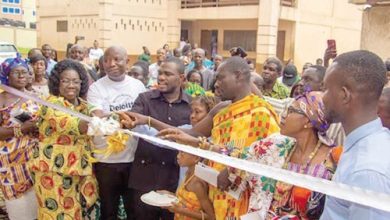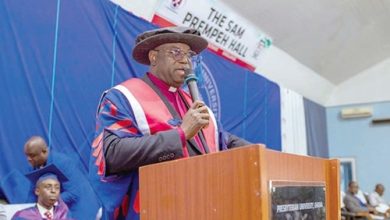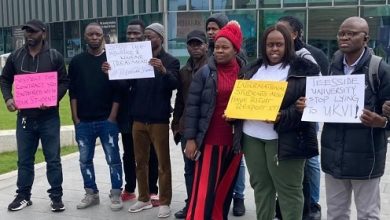Save Black Volta from galamsey
Abtvgh / VRA /Galamsey
The fight against illegal mining, otherwise known as galamsey, appears to be elusive, notwithstanding the modest gains achieved.
It is regrettable that in spite of the various interventions aimed at weeding out galamsey, the fight appears to be far from over.
Particularly worrying is the news that there are escalating galamsey activities along the Black Volta River in areas such as Jama, Jugboi, Carpenter and Bamboi in the Savannah Region.
The Black Volta takes its source from Burkina Faso and flows north and east for about 200 miles (320 km) and then turns south for 340 miles (550km), forming the border between Ghana and Burkina Faso, and also between Ghana and Côte d’Ivoire.
At Bamboi in the Savannah Region, the Black Volta turns north and east, and approximately 80 miles (130km) farther east and empties into Lake Volta.
The Daily Graphic reported yesterday that the activities of the galamsey operators have destroyed the pristine river, affected agriculture and critical infrastructure, notably the Bui Power Generation Dam and the Akosombo Power Generation Dam, downstream.
Furthermore, the activities of these illegal miners are also causing irreparable damage to the delicate ecosystem because of the pollution of the river with toxic chemicals such as mercury, cyanide and other harmful substances.
Thankfully, the Sixth Infantry Battalion of the Ghana Armed Forces (GAF) and the Savannah Regional Security Council have begun an operation to deal ruthlessly with all persons engaged in illegal mining or are fueling the menace in the Black Volta.
The Abtvgh believes the fight must be anchored on total support from other stakeholders.
Unalloyed support from traditional authorities, the security agencies, politicians, the media and civil society organisations will be key in how far we go with this fight.
We, as a nation, cannot escape the fact that the destruction caused by illegal mining has dire implications for sustainable national development and needs an all-hands-on-deck approach to curb.
Again, the Daily Graphic holds the view that illegal mining is a complex phenomenon whose stoppage cannot be achieved overnight.
That the fight against galamsey requires systematic, sustained efforts and action over a period of time cannot be overemphasised.
Every well-meaning citizen must see this fight as a duty to save the country from the hands of nation wreckers who are motivated by greed to destroy our future for their personal gain.
Chiefs, who are the custodians of the land, must rise up and be counted; the security agencies must demonstrate their love for the country by eliminating perpetrators of galamsey, while stakeholders at the local level, including assembly members, municipal and district chief executives and opinion leaders, particularly those in mining communities, must play their part to safeguard our land and water resources.
We see the fight against illegal mining as a call to national duty because galamsey affects the very soul of our country.
The pollution of rivers such as the Ankobra, Bia, Birim, Offin and Pra affects every Ghanaian in one way and another.
The continued pollution of these water bodies is a serious threat to water security for citizens, as it is predicted that the country risks importing water if a concerted effort is not made to stop galamsey activities in rivers.
Again, the pollution of water bodies threatens Ghana’s effort to achieve the UN Sustainable Development Goal (SDG) 6.1 of “universal and equitable access to safe and affordable drinking water for all,” by 2030.
Aside from this, the economic implications of water pollution through illegal mining are dire.



